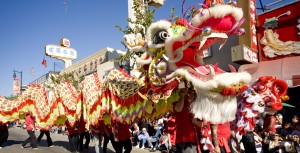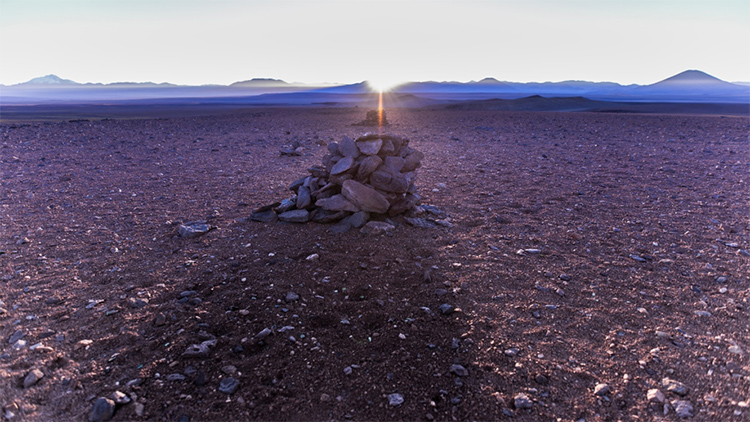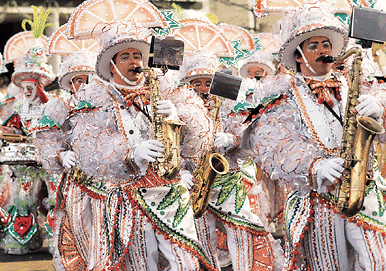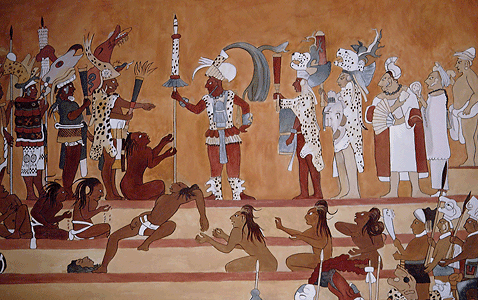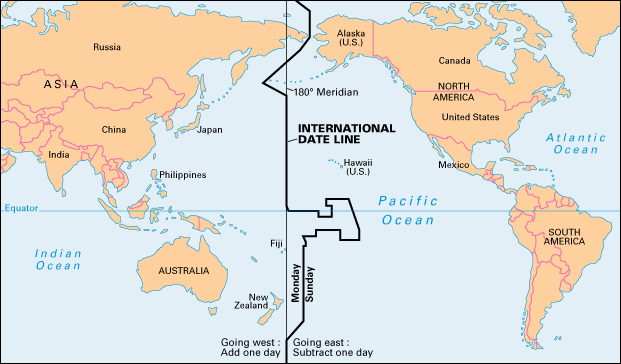April’s Pink Moon
Wednesday, April 1st, 2020April 1, 2020
Today is the first day of April, the fourth month of the year according to the Gregorian calendar, which is used in most of the world today. In the Northern Hemisphere, April is the first full month of spring. (In the Southern Hemisphere, April occurs in autumn.) Many flowers bloom in April, including the pink phlox, a type of garden plant with brilliantly colored blossoms. The profusion of blooming pink phlox gives April’s full moon its name. The “Pink Moon“—the second of three consecutive supermoons—rises on April 7. A supermoon occurs when the moon is at perigee, the point when it is nearest the Earth and thus appears slightly brighter and larger in the sky.

The full moon of April is known as the “pink moon” because of the widespread blooming of pink phlox during the month. Credit: WORLD BOOK illustration
The name April comes from the ancient Roman word for the month, Aprilis. This name might have come from a word meaning to open, or from the name of Aphrodite, the Greek goddess of love (called Venus in Roman mythology). April was the second month in the early Roman calendar. However, it became the fourth month when the beginning of the year was moved from March to January. On the first of April, April Fools’ Day, people all over the world cause mischief and play tricks on each other.
Many cultures celebrate the arrival of spring, or other aspects of the natural world, in April. Walpurgis Night is a spring celebration held in Germany, Finland, and Sweden on April 30. People there welcome spring with bonfires, singing, and parties. The Japanese Cherry Blossom Festival Sakura Matsuri takes place in April. In the Netherlands, flower parades are held toward the end of April, when the tulips are blooming. Many people plant trees on Arbor Day, which occurs on different dates in different countries. Many nations celebrate Earth Day on April 22. This holiday was organized in 1970 to raise awareness of the environment. The Angolan Feast of Nganja, a celebration of the corn harvest, always occurs in April.
Some cultures welcome the New Year in this month. Nava Varsha, the Nepalese New Year, falls on or near April 13. Several countries in Southeast Asia, including Cambodia, Laos, Myanmar, and Thailand, also celebrate the New Year at this time. In Thailand, the holiday is called Songkran.
Chakri Day, April 6, marks the date in 1782 when King Rama I took control of the government of Siam (now Thailand). Matatirtha Aunsi, Nepalese Mothers’ Day, also falls in April. The Christian celebration of Easter often occurs in this month, as does the Jewish festival of Pesah, also known as Passover.


